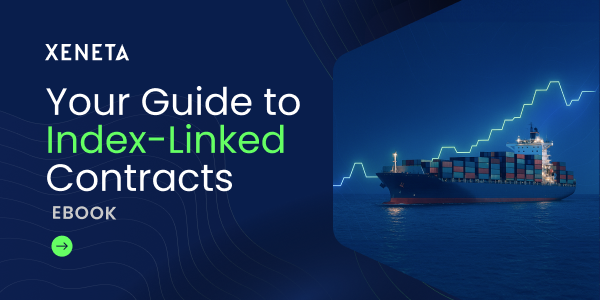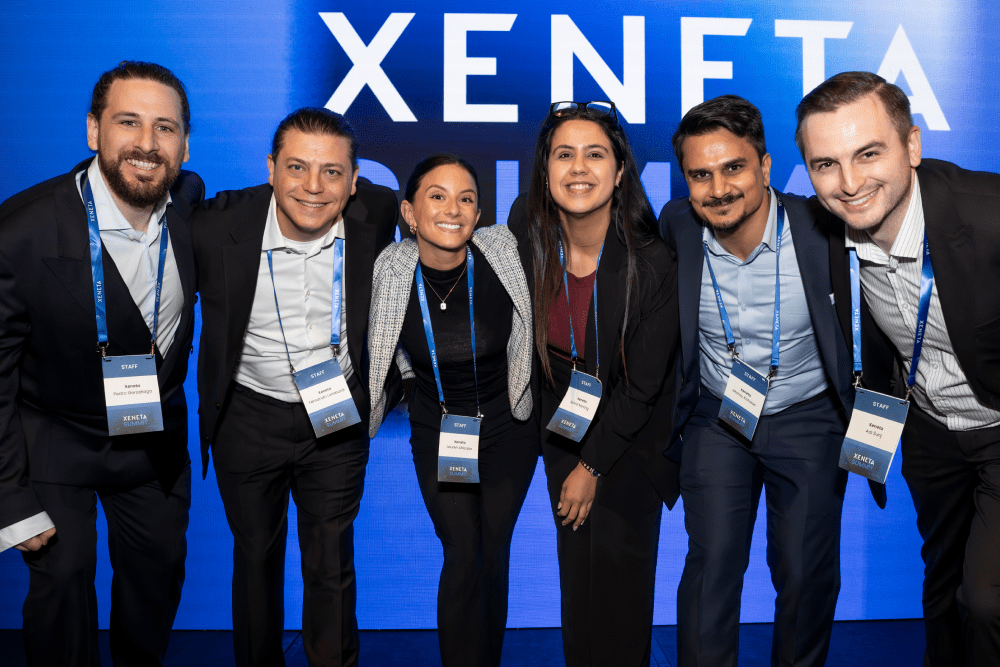Last week I had a really good time at the annual meeting of International Maritime Statistics Forum (IMSF), Oslo. The conference was well organized and had plenty of great topics, big thanks to the board at IMSF and to DNV for hosting!
Here are some of my reflections after all the thought-provoking presentations and discussions:
- Surprise! The world will be shipping more and more containers, oil, gas and everything else for the foreseeable future. Expecting particularly strong growth in intra-Asia, north/south trade, Africa.
- Fleet is aging pretty much across all the segments. As of early 2024, the United Nations Conference on Trade and Development (UNCTAD) released data to show that the average age of the global fleet by vessel count was 22.4 years, marking a 2% increase from the previous year.
- US port call fees for Chinese-built ships are not going to be as expensive as they were initially proposed. The US’ drive to build more vessels is commendable, but currently, the US represents under one percent of the current order book. Cost structure in the US is not likely to help growing US shipbuilding either. China is comfortably in the lead with over half the order book, and growing.
- Emission reduction will be a long, challenging game. Current financial incentives are too weak to accelerate the change. Even the new International Maritime Organization (IMO) Net Zero framework is not likely to bring enough incentive right away.
- Cleaner fuels are not yet produced in the quantities needed in the future, meaning oil fuel will dominate for at least 10 more years. There is unfortunately no infrastructure or clear funding, and with costs of those fuels so far looking exorbitant, there is no business case for them either. Some fuels have heavy production emissions rendering the overall picture quite negative.
- On the bright side: Even with tough geopolitics these days, the IMO Net Zero framework is going in the right direction; The first ammonia engines are getting delivered; some carriers are indeed ordering cleaner ships.
- There is still plenty room to apply modern software and data analysis techniques in the maritime data industry. Businesses that have solid industry knowledge internally could benefit from more expertise in data & tech to supercharge their innovation.
- For BCOs developing advanced supply chain strategies, it’s not just about price. We know, for instance, that Xeneta customers value greater transparency and predictability in the service they receive from carriers before committing to long-term contracts. I think the freight data industry will benefit from working even closer with cargo owners to understand how they see the data.
- The Automatic Identification System (AIS) data ecosystem seems fragile. The AIS maritime data industry is consolidating, primarily through acquisitions of AIS data providers by larger companies. The system itself was not designed for demands put on it these days – it was originally made for safety at sea, not large-scale vessel tracking. Geopolitics complicates this further, with some countries or vessels choosing to disable signals or sharing of data. There is also no single standard source of clean AIS data. Each player on the market has their own flavour and consumers of the data must adjust individually.
- Ship emissions reporting is still heavily manual, with lots of room for errors. Data is often siloed to vessel owners and their associations. There are pretty good estimation models available but verifying them with actual emission values is complicated and time-consuming.
- There are at least 10 ways to define and measure port congestion. A standardized approach would be beneficial, but easier said than done. I think IMSF could help standardizing definitions for port & berth calls geofencing, congestion, idleness and more.
Did I miss any?
As the industry enters a period of accelerating digitalization, it was invaluable to spend time amongst the professionals dedicated to improving the accuracy and availability of maritime data.
It was great to see so many people familiar with Xeneta and our industry analysis – and I was especially glad to hear Peter Sand mentioned by name. Our data even made its way into one of the presentations!

If you’re yet to experience Xeneta for yourself, reach out today and let’s see how we can support your efforts in building a more efficient, sustainable, and resilient supply chain.
%201.png)



.png?width=387&name=image%20(45).png)

